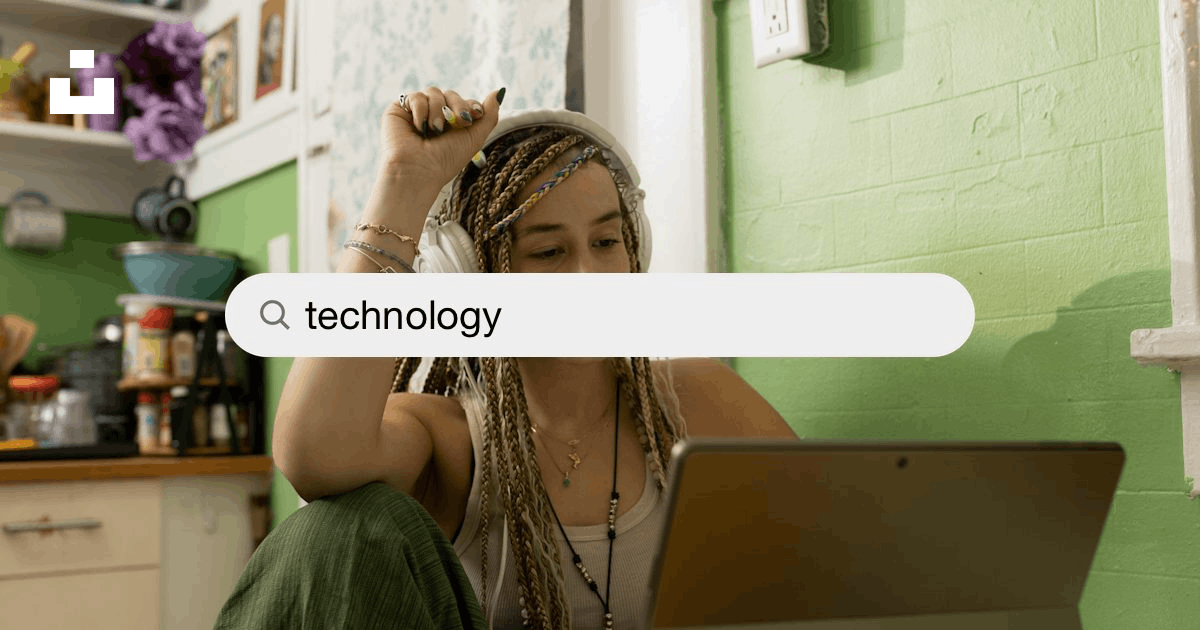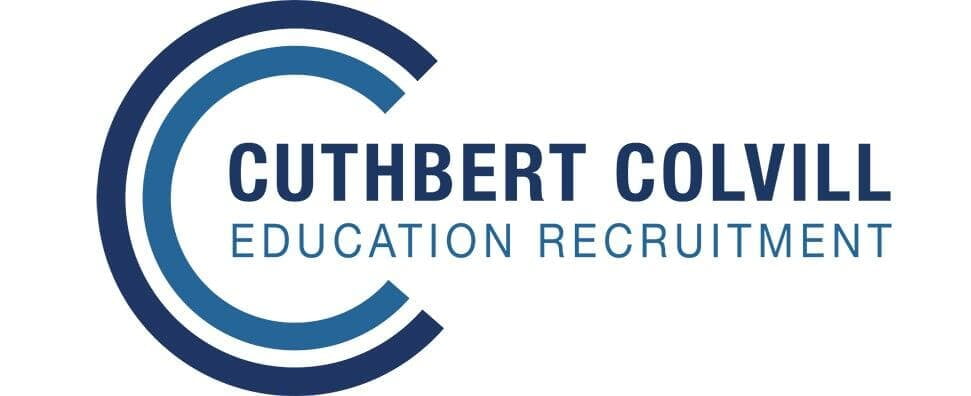
In recent years, the integration of Artificial Intelligence (AI) and automation in various industries has been transforming the way we work and live. The field of education is no exception, as AI and automation are revolutionising classroom learning. AI refers to the simulation of human intelligence in machines that are capable of learning, reasoning, and problem-solving. Automation, on the other hand, involves the use of technology to perform tasks without human intervention. When applied to classroom learning, AI and automation offer numerous advantages that enhance the overall educational experience.
Benefits of using AI and automation in the classroom
Implementing AI and automation in the classroom brings several benefits. Firstly, AI-powered systems can analyze vast amounts of data to provide personalised learning experiences tailored to each student's strengths and weaknesses. This individualised approach helps students grasp concepts more effectively and at their own pace, leading to improved academic performance.
Secondly, AI and automation can assist teachers in administrative tasks, such as grading assignments, generating reports, and managing student records. By automating these time-consuming tasks, educators have more time to focus on providing quality instruction and engaging with students on a deeper level.
Moreover, AI and automation enable interactive and immersive learning experiences through the use of virtual reality (VR) and augmented reality (AR). These technologies allow students to explore complex concepts in a more engaging and practical manner, enhancing their understanding and retention of knowledge.
Examples of AI and automation in classroom learning
AI and automation are already being utilised in various ways within classroom settings. One example is the use of intelligent tutoring systems, which provide personalised feedback and guidance to students. These systems adapt to individual learning styles and progress, fostering a more effective learning environment.
Another example is the integration of chatbots in educational platforms. Chatbots can answer students' questions, provide instant feedback, and guide them through learning materials. This instant access to information and support enhances students' engagement and motivation.
Additionally, AI-powered analytics platforms can analyze student data to identify patterns and trends, allowing educators to gain insights into student performance and intervene when necessary. This data-driven approach enables timely interventions and targeted support for struggling students.
The role of teachers in an AI-driven classroom
While AI and automation offer valuable tools for classroom learning, it is important to recognise that teachers play a crucial role in an AI-driven classroom. Despite the automation of certain tasks, teachers remain irreplaceable in terms of providing guidance, support, and mentorship to students.
In an AI-driven classroom, teachers become facilitators of learning, guiding students in using AI tools effectively and helping them interpret and apply the knowledge gained. They also play a pivotal role in fostering critical thinking, creativity, and collaboration skills, which are essential for students to thrive in an increasingly automated world.
Moreover, teachers can leverage AI-generated insights to tailor their instruction to meet the specific needs of each student. By combining their expertise and pedagogical skills with AI-driven data, teachers can create a more personalised and effective learning experience.
Challenges and concerns surrounding AI and automation in education
Despite the numerous benefits, the integration of AI and automation in education also poses challenges and concerns. One concern is the potential for bias in AI algorithms. If not carefully designed and monitored, AI systems may inadvertently perpetuate existing biases and inequalities in education. It is essential to ensure that AI systems are trained on diverse datasets and regularly audited to prevent bias.
Another challenge is the ethical use of student data. As AI and automation rely on collecting and analysing vast amounts of data, it is crucial to establish clear guidelines for data privacy and security. Schools and educational institutions must prioritize the protection of student data and ensure that it is used responsibly and ethically.
Additionally, there is a concern that the over-reliance on AI and automation may lead to the depersonalisation of education. It is important to strike a balance between utilising technology and maintaining meaningful human interaction in the learning process. Teachers must continue to foster emotional connections with their students and provide the necessary support and motivation.
How AI and automation can enhance personalised learning
One of the most significant advantages of AI and automation in education is their ability to enhance personalised learning. Traditional classroom settings often struggle to cater to the diverse learning needs of students. However, with AI-powered systems, personalised learning becomes more attainable.
AI algorithms can analyze individual student data, such as learning preferences, strengths, and areas for improvement, to create customised learning paths. This adaptive learning approach ensures that students receive content and activities that align with their specific needs, maximising their learning outcomes.
Furthermore, AI and automation enable real-time feedback and assessment, allowing students to monitor their progress and make adjustments accordingly. This immediate feedback loop promotes self-reflection and empowers students to take ownership of their learning journey.
Moreover, AI-powered virtual tutors can provide one-on-one support and guidance to students, offering personalized assistance whenever needed. This personalised tutoring helps students overcome challenges and develop a deeper understanding of complex concepts.
Tools and technologies for implementing AI and automation in the classroom
There are various tools and technologies available for implementing AI and automation in the classroom. Intelligent tutoring systems, as mentioned earlier, are one such tool that provides personalised guidance to students. These systems use AI algorithms to adapt to each student's learning needs and offer tailored feedback.
Virtual reality and augmented reality technologies are also increasingly used in the classroom. These immersive technologies enable students to explore virtual environments and interact with simulated scenarios, enhancing their understanding and engagement.
Furthermore, chatbots and intelligent assistants can be integrated into educational platforms to provide instant support and answer students' questions. These AI-powered virtual assistants can assist students in navigating learning materials and provide explanations in a conversational manner.
Data analytics platforms are another essential tool for implementing AI and automation in the classroom. These platforms analyze student data to identify learning patterns, trends, and areas for improvement. Educators can then use these insights to personalise their instruction and provide targeted support.
Successful case studies of AI and automation in education
Several successful case studies demonstrate the positive impact of AI and automation in education. One notable example is the use of AI-powered platforms for language learning. These platforms utilise speech recognition technology to provide real-time feedback on pronunciation and grammar, enabling students to practice and improve their language skills independently.
Another case study involves the use of AI algorithms to enhance the accessibility of educational materials for students with disabilities. AI-powered tools can automatically generate captions and transcripts for videos, making educational content more inclusive and accessible to all learners.
Furthermore, AI and automation have been employed in adaptive learning platforms that cater to individual student needs. These platforms analyze student performance and adapt the learning materials accordingly, ensuring that students receive content that matches their proficiency level and learning pace.
Future trends and predictions for AI and automation in classroom learning
The future of AI and automation in classroom learning is promising. As technology continues to advance, we can expect further integration of AI and automation in educational settings. Some future trends and predictions include:
Personalised learning at scale: AI algorithms will become more sophisticated in analysing student data and providing personalised learning experiences on a larger scale, reaching more students and catering to their individual needs.
Collaborative learning with AI: AI-powered systems will facilitate collaborative learning by recommending suitable study groups and fostering virtual collaborations among students.
Enhanced assessments: AI and automation will revolutionise the assessment process by offering more accurate and comprehensive evaluations of students' knowledge and skills.
AI-powered content creation: AI algorithms will assist in creating and curating educational content, adapting it to different learning styles and preferences.
AI mentors and coaches: Virtual mentors and coaches powered by AI will provide personalised guidance and support to students, offering assistance beyond traditional classroom hours.
Conclusion: Embracing the transformative power of educational trends
In conclusion, the shift from traditional educational practices to transformative educational trends is revolutionising curriculum content and design. The integration of technology, the focus on active learning and student engagement, and the emphasis on personalised and inclusive education are reshaping the educational landscape.
As educators, it is crucial for us to stay updated with the latest educational trends and continuously adapt our teaching practices to meet the needs of our students. By embracing the transformative power of educational trends, we can create more engaging, relevant, and meaningful learning experiences for our students, preparing them for success in a rapidly changing world.
Join us in embracing the transformative power of educational trends and revolutionise your teaching! Explore professional development opportunities, connect with peers, and stay updated with the latest trends in education. Together, we can create a brighter future for all students.

